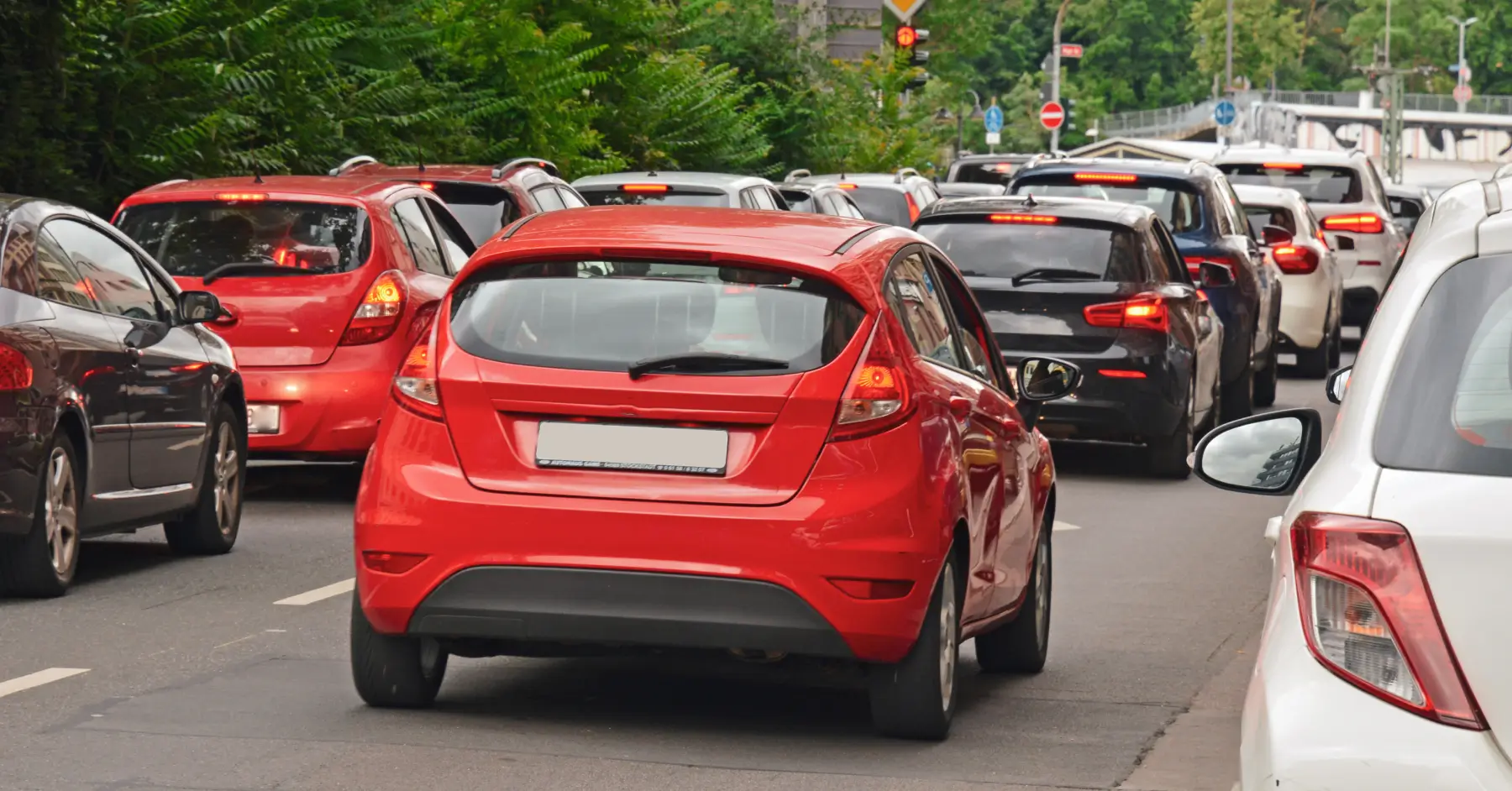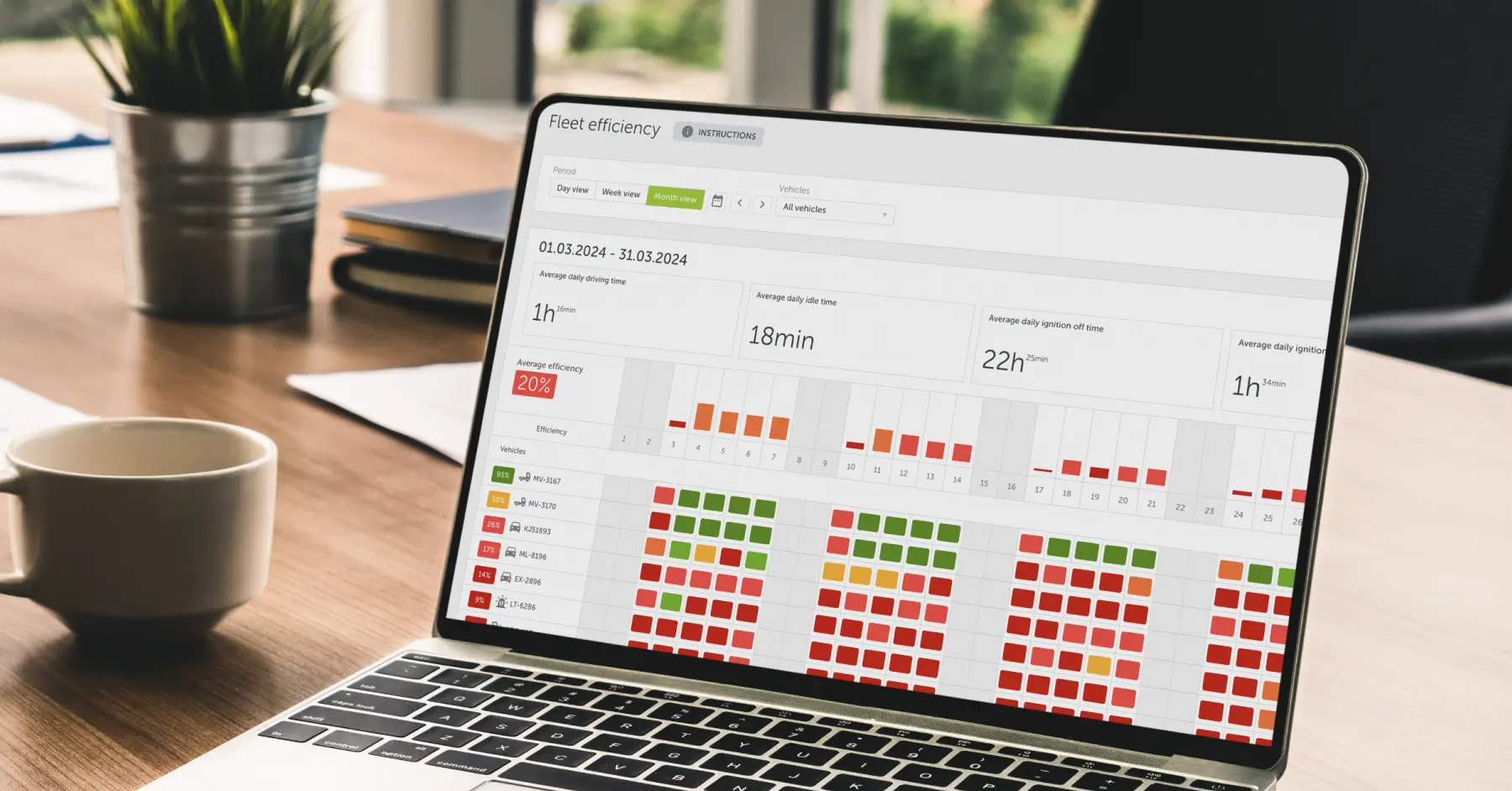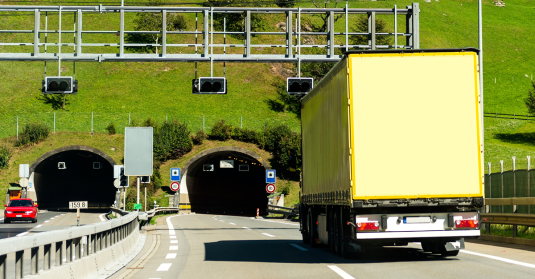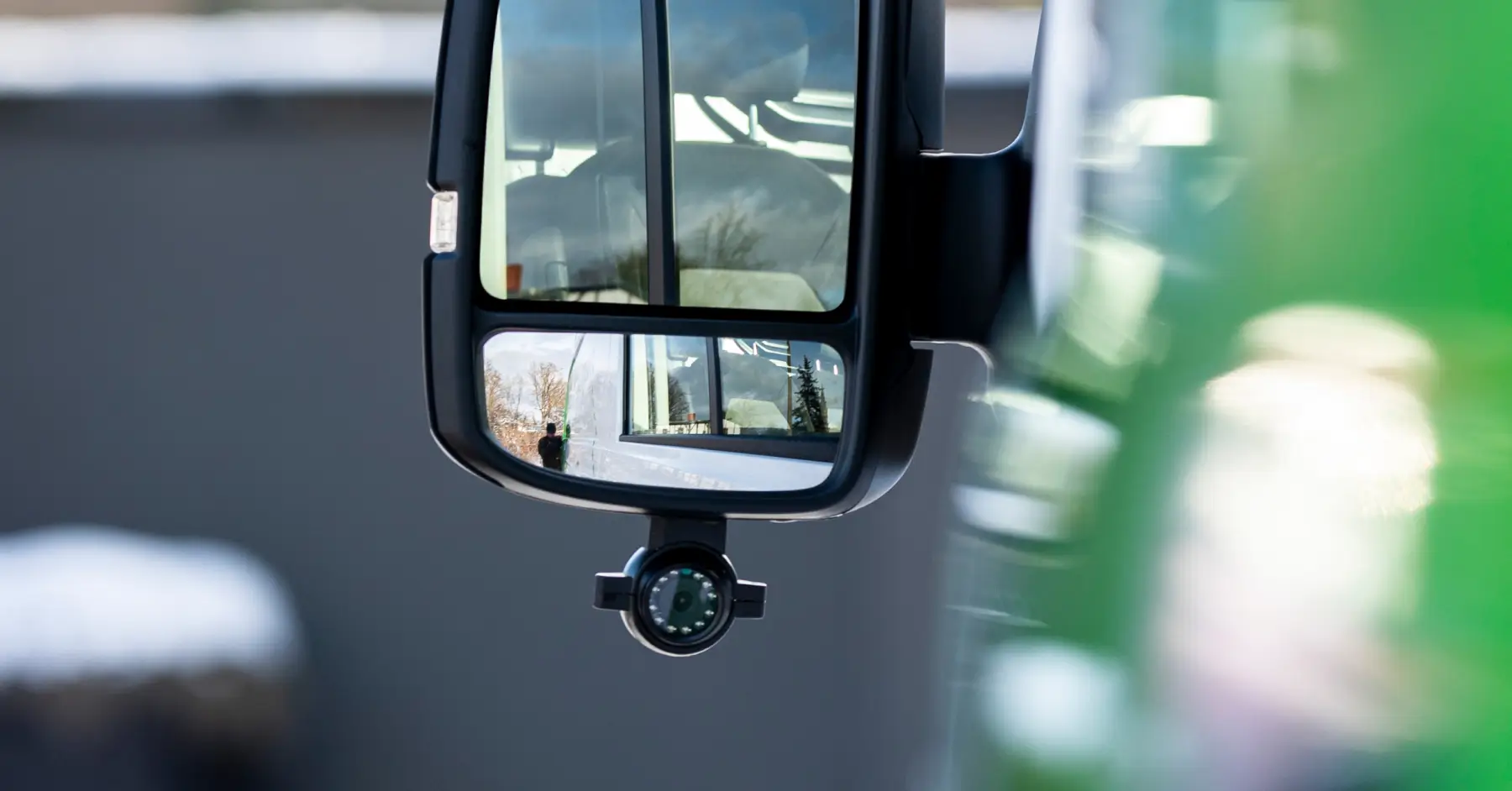We often receive various questions about fleet data – how we gather and analyse them, and, most frequently, why is there a difference in the same data that is obtained from various sources. This article provides a broader explanation of how and why distance data vary depending on whether you get it from odometer or GPS.
First and foremost, the data differs because it’s obtained in different ways. Odometer data is received through various electro-mechanical converters and depends on the wheel speed, while data from the GPS fleet tracking system is obtained by mathematical calculations of the vehicle’s location according to the navigation satellites.
The data accuracy depends on various factors, such as:
- Use of worn or incorrectly sized tyres;
- The presence of permissible odometer errors;
- Temporary satellite signal interferences due to temperature, pressure, humidity and other conditions, etc.
Tyre condition impact on distance readings
Tyre condition and, specifically, the wheel radius is one of the factors that affect the distance data. According to international legislation, the tread depth for new tyres can vary between 6 to 10 mm, with the minimum legal depth being 1.6 mm for summer and from 3 to 4 mm for winter tyres. It means that a decrease in tread depth will also decrease the wheel radius. It’s calculated that
a change in the wheel radius by 5 mm leads to a change in the mileage reading on the odometer (also tachograph) by about 2%.
If you compare the numbers, it becomes clear that such a scenario is very likely to happen. Besides, if the vehicle has incorrectly sized tyres, the error percentage can be even higher.

How various odometer types influence mileage data?
None of the odometers installed in vehicles can be considered as precise tools for data reading. Each of the device types has the limit of permissible error. Besides, according to technical requirements, speedometers can’t lower the reading, therefore if the odometer is connected to the speedometer, it will only give higher data readings.
According to legislation, the average speedometer error can only be positive and not exceed the actual speed for more than 10% + 6 km/h. In our experience, automakers usually calibrate the speedometer and odometer so that the readings exceed the actual value by 5-10%. The main reason for doing this is ensuring road safety and reducing the number of traffic accidents globally.
The error gap depends on the type of odometer installed in the vehicle. The mechanical odometer by default has an error of up to 5%. Depending on the operating conditions of the vehicle, the wear of components and assemblies, as well as the use of non-OEM parts, the total error can reach even 12-15%.
The data from the electromechanical odometer is based on the electronic pulse counter readings from the speed sensor. It means that the instrument readings are proportional to the number of pulses per time unit.
This makes the electromechanical odometers more accurate than the mechanical ones, having errors from around 5-7%.
How big is the GPS data error gap?
Unlike odometers, GPS fleet tracking systems are made to work without errors and don’t depend on the vehicle design and technical conditions in any way. Moreover, according to official data, the net error for GPS units is only 2-5 meters (about 1.5% in determining mileage).
However, you must take into account that the GPS data accuracy depends on the possible signal interruptions. GPS antennas need to have a clear connection to satellites, thus the correct device installation is very important to ensure the highest data precision. Other factors that may influence the data accuracy are:
- The frequency of location data retrieval (the more often the device sends the data, the more accurate the mileage will be (look at the example below)) ;
- Tracking device type/model and configuration;
- Driving in the tunnels, underground parking lots and other places that may block the signal.
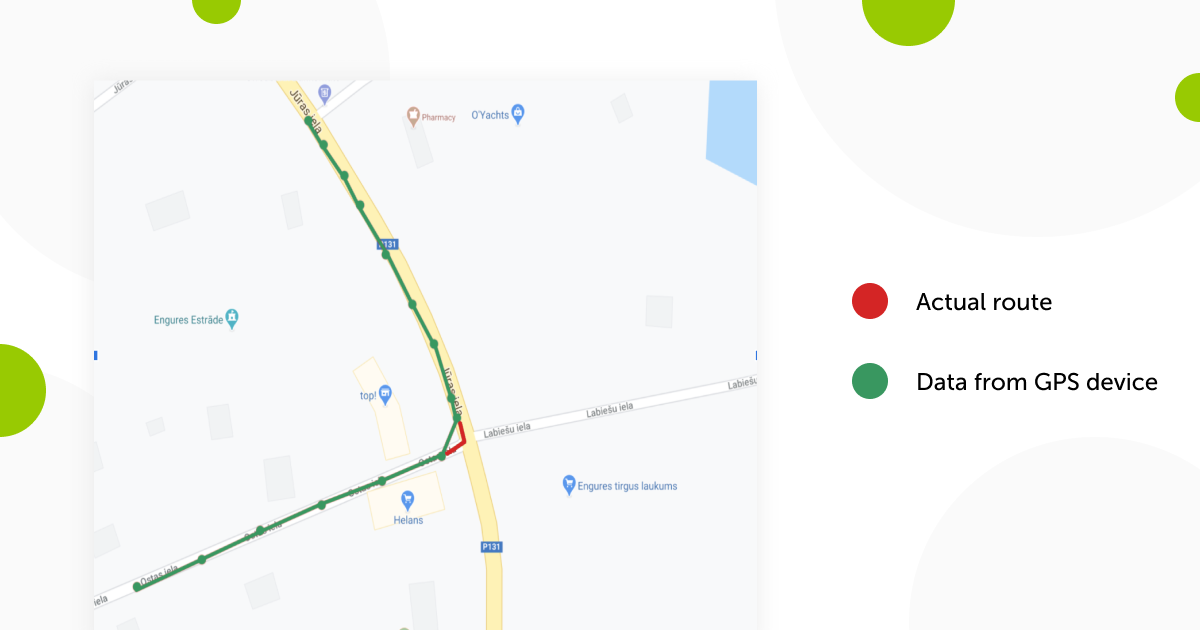
There’s one more data source that we didn’t cover in this article and that is only available for trucks – tachograph. Just like an odometer, it also takes data from the wheel speed. However, unlike odometers or GPS devices, tachographs have periodic check-ups, thus making it a more reliable data source, unless the wheels are changed right after the inspection.
If you’re interested in other Mapon features or have any questions regarding data gathering in our platform, feel free to contact us at any time!
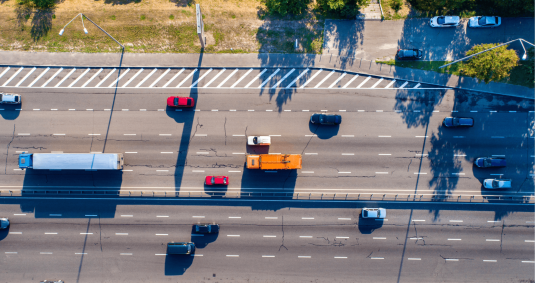

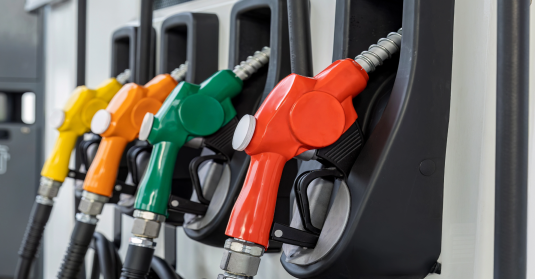


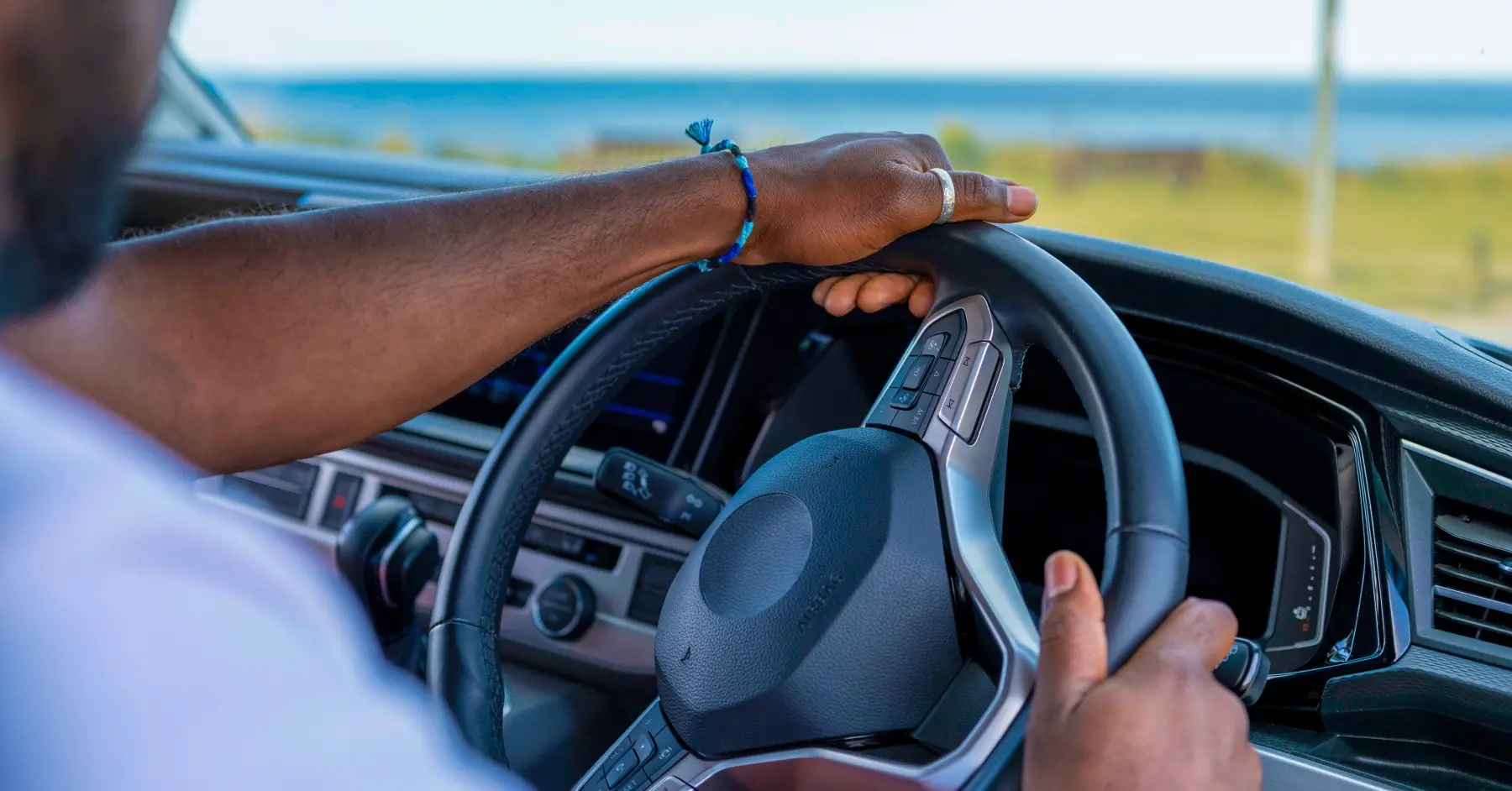

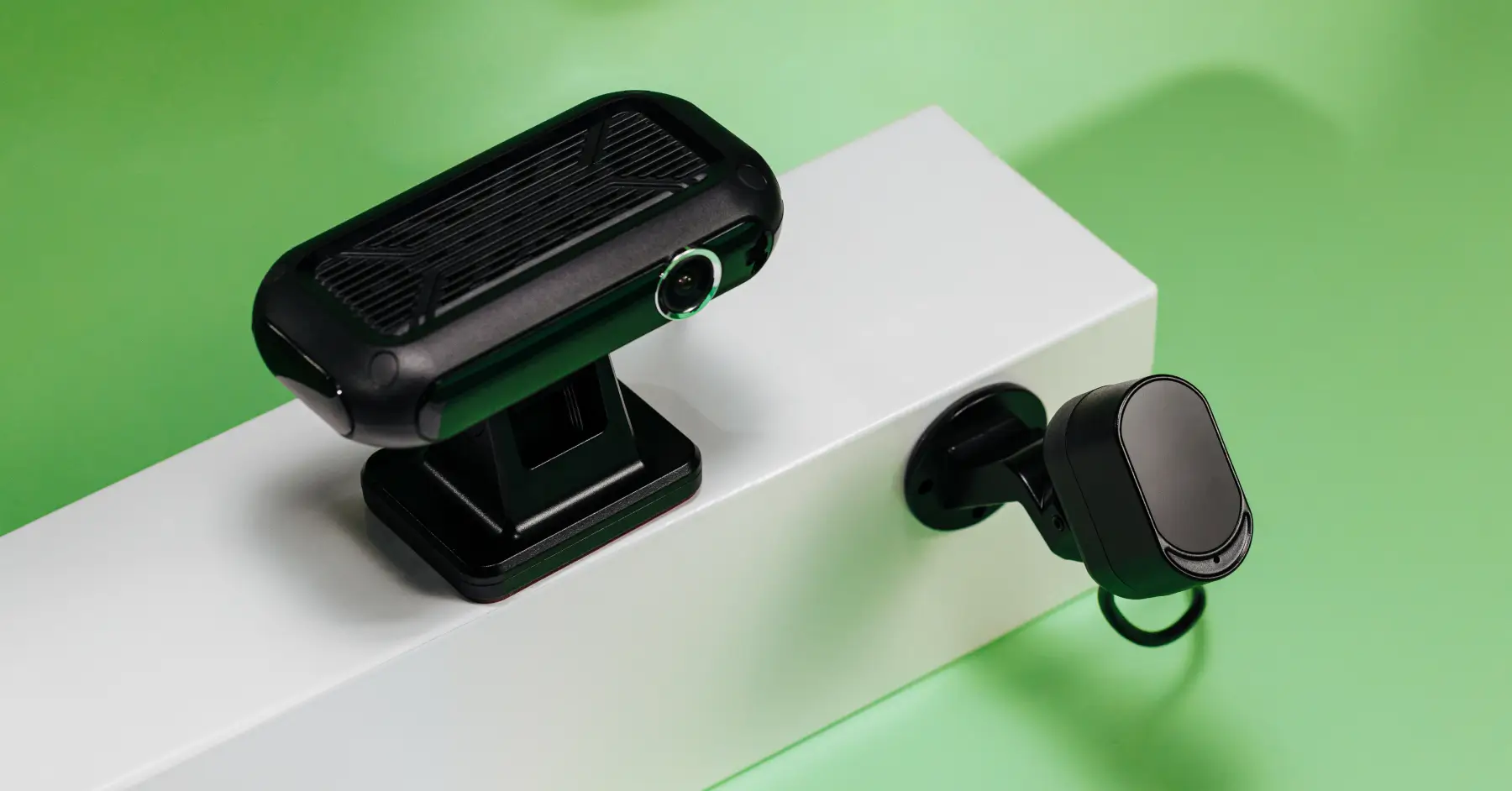

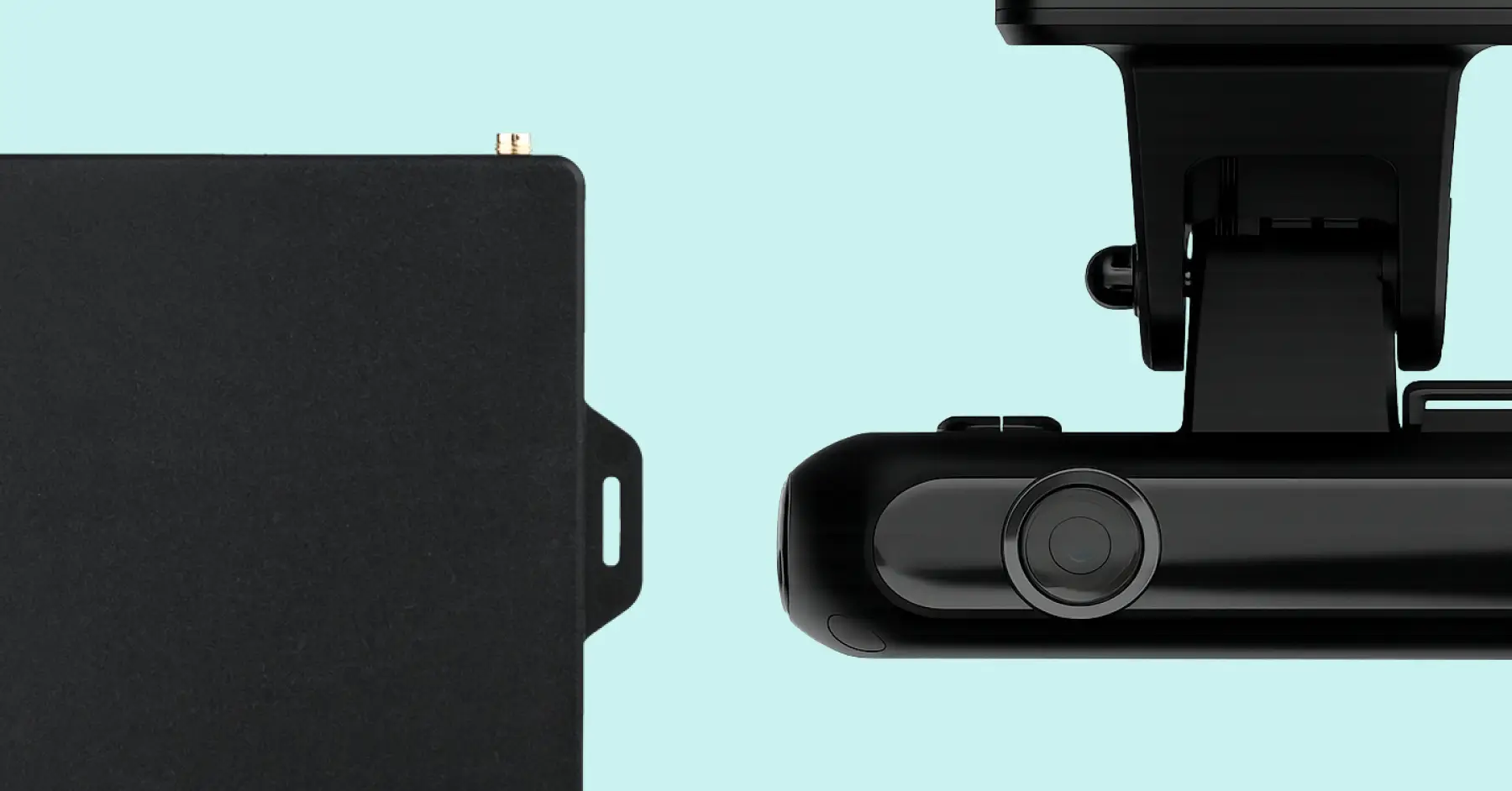


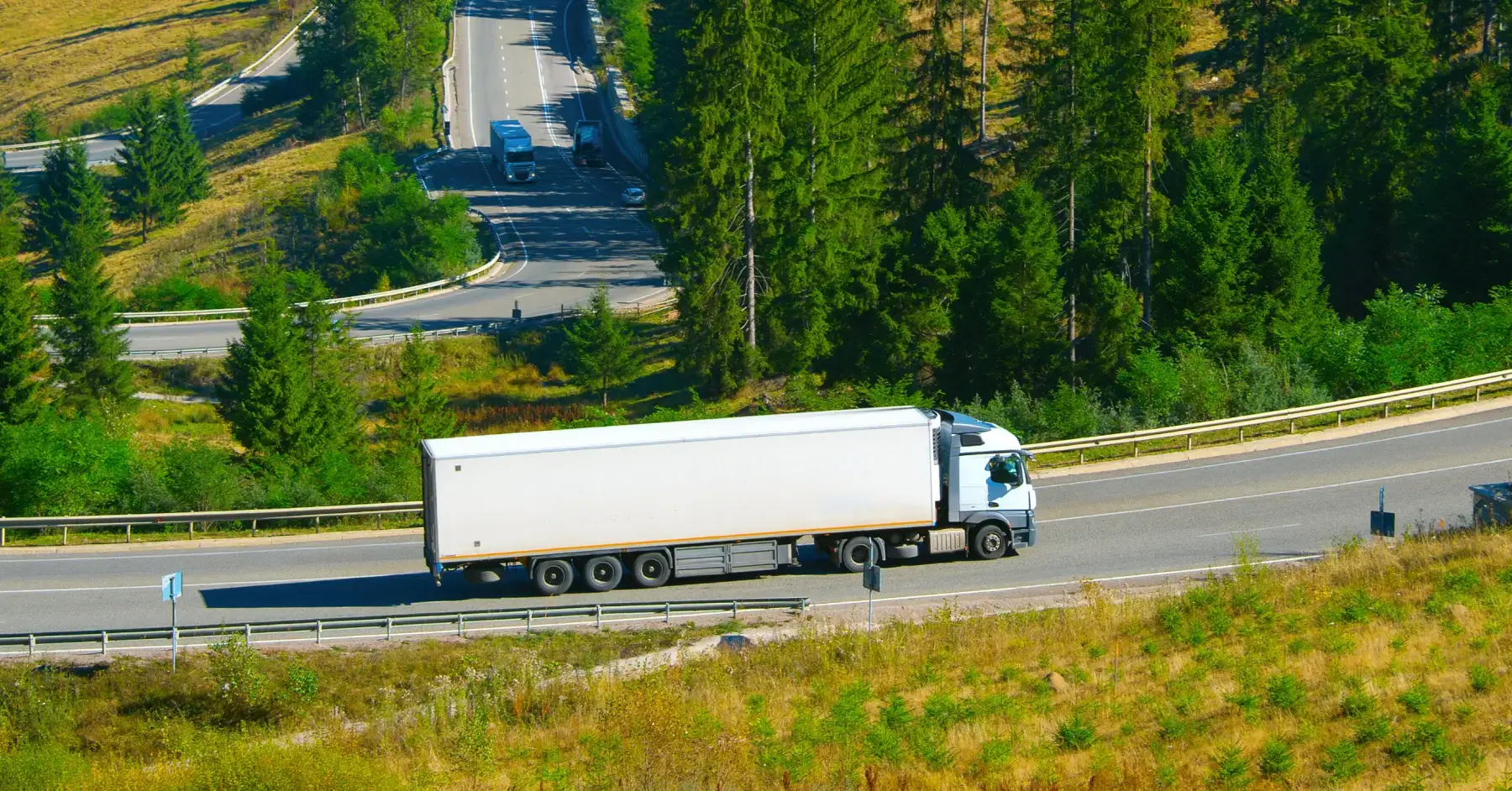




 Back to all posts
Back to all posts



